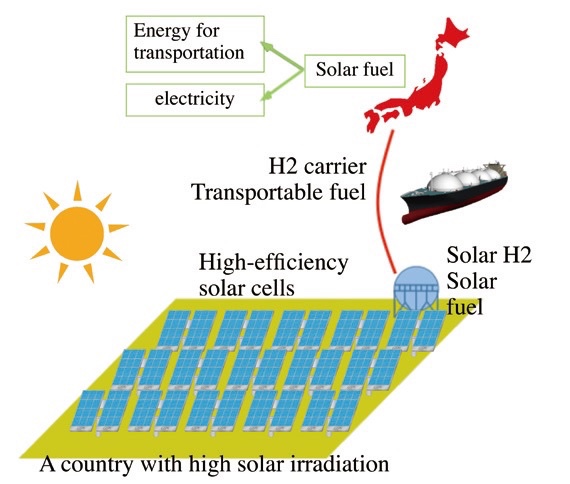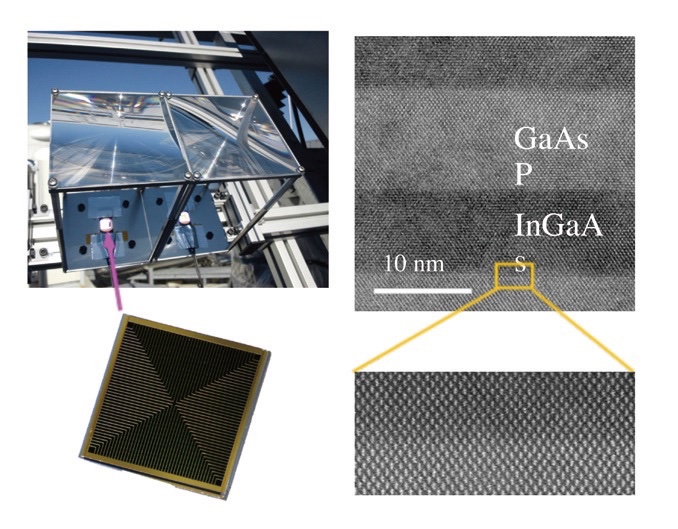

Enoa: Advantages of “Hydrogen Storage System”
-The price can be reduced to less than half-
Hydrogen storage system:
A hydrogen storage system developed by Enoa and the University of Tokyo.
With the power generated by solar power
Hydrogen produced by electrolysis is stored in a tank,
A mechanism to return to electric power with a fuel cell.
Enoa (Toyota City, Aichi Prefecture)
Professor Masakazu Sugiyama, University of Tokyo
We have developed a “storage system that creates and stores hydrogen from the electricity obtained from solar power generation.”
Less than half price:
By combining commercially available products
From equipment developed by a major manufacturer
The price can be reduced to less than half.
Deploy an inexpensive system and lead to decarbonization of small and medium-sized enterprises.
New switch
Toyota Tsusho strengthens hydrogen fuel cell related business … Invests in Enoa
| Response
https://response.jp/article/2021/04/14/344945.html
Enoah Inc. -Fuel Cell / Vacuum Insulation-
| Home-Enoa Co., Ltd.
Enoah : Avantages du “Système de Stockage d’Hydrogène”
-Le prix peut être réduit à moins de la moitié-
Système de stockage d’hydrogène :
Un système de stockage d’hydrogène développé par Enoa et l’Université de Tokyo.
Avec l’énergie produite par l’énergie solaire
L’hydrogène produit par électrolyse est stocké dans un réservoir,
Un mécanisme de retour à l’énergie électrique avec une pile à combustible.Enoah (ville de Toyota, préfecture d’Aichi)
Professeur Masakazu Sugiyama, Université de TokyoNous avons développé un “système de stockage qui crée et stocke de l’hydrogène à partir de l’électricité obtenue à partir de la production d’énergie solaire”.
Moins de la moitié du prix :
En combinant des produits disponibles dans le commerce
Du matériel développé par un grand constructeur
Le prix peut être réduit à moins de la moitié.Déployer un système peu coûteux et conduire à la décarbonation des petites et moyennes entreprises.
Nouvel interrupteur
Toyota Tsusho renforce son activité liée aux piles à combustible à hydrogène … investit dans Enoa
| RéponseEnoah Inc. -Pile à combustible / Isolation sous vide-
| Accueil-Enoa Co., Ltd.
Enoah: Vorteile des „Wasserstoffspeichersystems“
-Der Preis kann auf weniger als die Hälfte reduziert werden-
Wasserstoffspeichersystem:
Ein von Enoa und der Universität Tokio entwickeltes Wasserstoffspeichersystem.
Mit Strom aus Sonnenkraft
Durch Elektrolyse erzeugter Wasserstoff wird in einem Tank gespeichert,
Ein Mechanismus zur Rückkehr zur elektrischen Energie mit einer Brennstoffzelle.Enoa (Toyota City, Präfektur Aichi)
Professor Masakazu Sugiyama, Universität TokioWir haben ein „Speichersystem entwickelt, das aus dem aus der Solarstromerzeugung gewonnenen Strom Wasserstoff erzeugt und speichert“.
Weniger als der halbe Preis:
Durch die Kombination handelsüblicher Produkte
Von Geräten, die von einem großen Hersteller entwickelt wurden
Der Preis kann auf weniger als die Hälfte reduziert werden.
Stellen Sie ein kostengünstiges System bereit und führen Sie zur Dekarbonisierung kleiner und mittlerer Unternehmen.Neuer Schalter
Toyota Tsusho stärkt das Geschäft mit Wasserstoff-Brennstoffzellen … Investiert in Enoa
| AntwortEnoah Inc. -Brennstoffzelle / Vakuumisolierung-
| Startseite-Enoa Co., Ltd.
ergy System Sugiyama Laboratory
High-efficiency photovoltaic and chemical energy storage
Solar energy can take a majority of energy supply in our society
if we can realize an energy system in which solar energy is stored in chemical substances in the regions with high irradiance and they are transported to the region of large energy demand.
For such a system,
it is promising to combine high efficiency photovoltaic (PV) power generation and electrochemical reactionsto produce solar fuel, which is capable of long-term storage and transport.
Our objective is to develop high efficiency PV cells and electrochemical reactors
which are included in the system to produce “solar fuel.”
The core competence is semiconductor nano-crystals.
PV can be twice as efficient as conventional technology
by implementing the epitaxial nanostructures of compound semiconductor crystals into the modules with sunlight concentration.
Our laboratory
develops all the relevant technologies from the growth of nano-crystals to system evaluation.RCAST
https://www.rcast.u-tokyo.ac.jp/en/research/sugiyama_lab.html